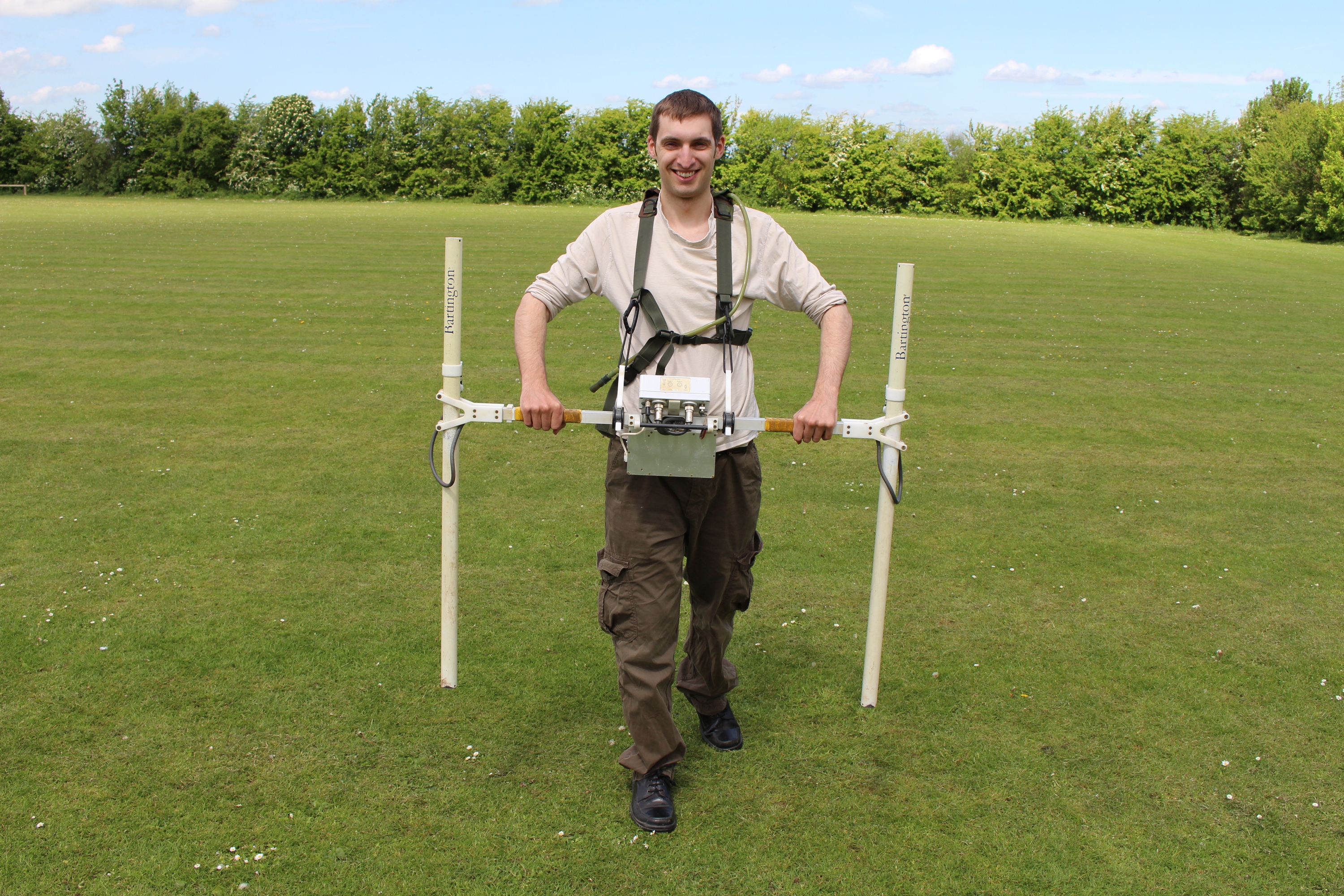All Categories
Featured
Table of Contents
Geophysical Survey in Wandi Aus 2023
Time piece from 23 to 25ns. This last piece is now almost all blank, but a few of the walls are still revealing strongly.
How deep are these pieces? The software application I have access to makes estimating the depth a little challenging. If, nevertheless, the top three pieces represent the ploughsoil, which is probably about 30cm think, I would think that each piece has to do with 10cm and we are just getting down about 80cm in overall.

Fortunately for us, the majority of the websites we have an interest in lie simply listed below the plough zone, so it'll do! How does this compare to the other techniques? Contrast of the Earth Resistance information (top left), the magnetometry (bottom left), the 1517ns time slice (leading right) and the 1921ns time slice (bottom left).
Definition: Geophysical Survey in Parmelia WA 2021
Magnetometry, as talked about above, is a passive strategy measuring local variations in magnetism against a localised no worth. Magnetic susceptibility study is an active technique: it is a step of how magnetic a sample of sediment could be in the existence of a magnetic field. Just how much soil is tested depends upon the size of the test coil: it can be very small or it can be reasonably big.
The sensor in this case is very little and samples a tiny sample of soil. The Bartington magnetic susceptibility meter with a big "field coil" in usage at Verulamium throughout the course in 2013. Leading soil will be magnetically enhanced compared to subsoils simply due to natural oxidation and decrease.
By determining magnetic susceptibility at a fairly coarse scale, we can spot locations of human profession and middens. We do not have access to a trusted mag sus meter, but Jarrod Burks (who assisted teach at the course in 2013) has some excellent examples. Among which is the Wildcat site in Ohio.
Introducing Geophysical Surveying - Youtube in Nedlands Western Australia 2021
These villages are often laid out around a central open area or plaza, such as this reconstructed example at Sunwatch, Dayton, Ohio. The magnetic susceptibility study helped, nevertheless, specify the main location of profession and midden which surrounded the more open location.
Jarrod Burks' magnetic vulnerability study arises from the Wildcat site, Ohio. Red is high, blue is low. The technique is therefore of great use in specifying locations of general occupation instead of determining particular functions.
Geophysical surveying is an applied branch of geophysics, which utilizes seismic, gravitational, magnetic, electrical and electro-magnetic physical methods at the Earth's surface to determine the physical homes of the subsurface - Geophysical Survey - Suffolk Heritage Explorer in Karawara Western Australia 2020. Geophysical surveying methods normally measure these geophysical properties in addition to anomalies in order to evaluate different subsurface conditions such as the existence of groundwater, bedrock, minerals, oil and gas, geothermal resources, voids and cavities, and much more.
Latest Posts
Geophysicist Jobs in North Perth Australia 2021
Geophysical Survey Definition in Warnbro Western Australia 2021
What Is Geophysics? in Carlisle Australia 2020